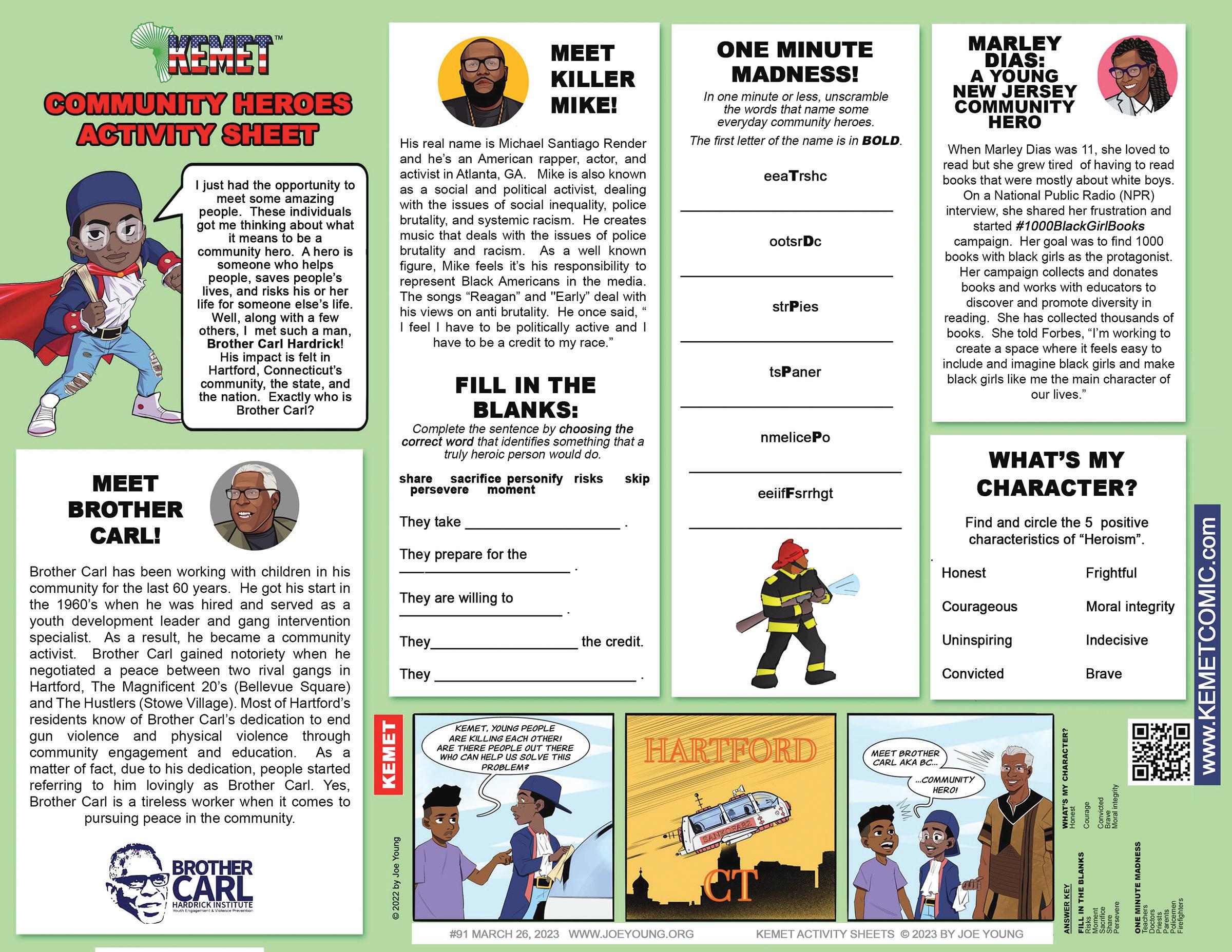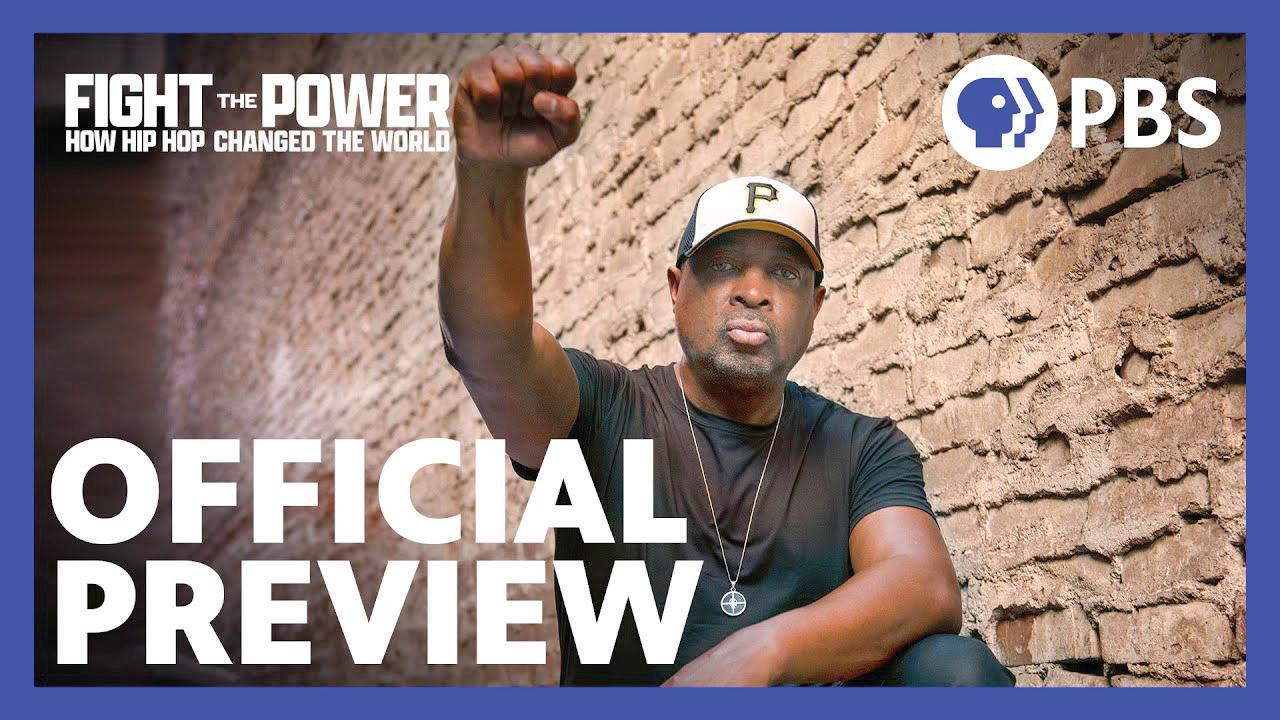
1 minute read
Consumer Rage Reaches All-Time High and Businesses Feeling it in Bottom Line
By Stacy M. Brown NNPA Newswire Senior National Correspondent
According to a new study, second-rate customer service efforts have led to more consumer rage than ever, and patrons have become more belligerent when complaining.
Advertisement
Customer Care Measurement & Consulting (CCMC) and the Center for Services Leadership, a research center at the W.P. Carey School of Business at Arizona State University, conducted the National Consumer Rage Survey.
It found that “the alarmingly high rate of rudeness by customers was linked to things that have become normal in business settings.”
The survey found that businesses risk losing $887 billion in future sales because they handle customer complaints poorly. revenge for their hassles has tripled since 2020. and can be downright scary,” he noted.
That figure is up from $494 billion in 2020.
In addition to charting the trend of customer satisfaction with complaint handling over the past two decades, the study authors said the latest release of the rage survey breaks new ground by exploring the alarming incidence of customer incivility tied to what has become commonplace in everyday business settings.
“Customer rage explores the experience of complaining about a product or service problem,” the authors wrote in a news release.
They said that customer incivility looks at the growing problem of rude, disrespectful, and violent behavior in the marketplace that comes from social and political conflicts between customers and businesses, such as disagreements about politics, sexuality, culture, and faith.
The authors found that complaining is increasingly becoming a digital phenomenon.
Digital channels such as e-mail, chat, and social media have unseated the telephone as the primary complaint channel at 50%, increasing from a mere 5% in 2013.
Complainants are also doubling down on social media shaming about their problems.
In addition to complaining directly to the company, 32% of complainants posted information about their most serious problem on social media sites — more than double those who posted in 2020.
Top customer incivility highlights of the study include nearly one in five Americans (17%) who have personally behaved uncivilly during the past year.
Broetzmann continued:
“Perhaps of growing concern now is that customer hostility appears to be mutating like a virus. The expressions of malice and aggression triggered by differences in the value systems of companies and customers — so-called customer incivility — only fuel the fire.”
The Valley’s









